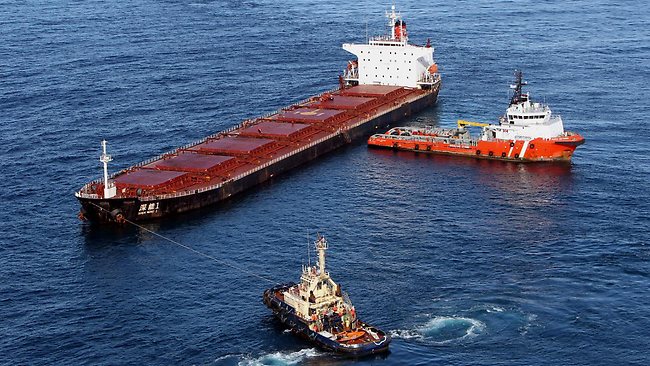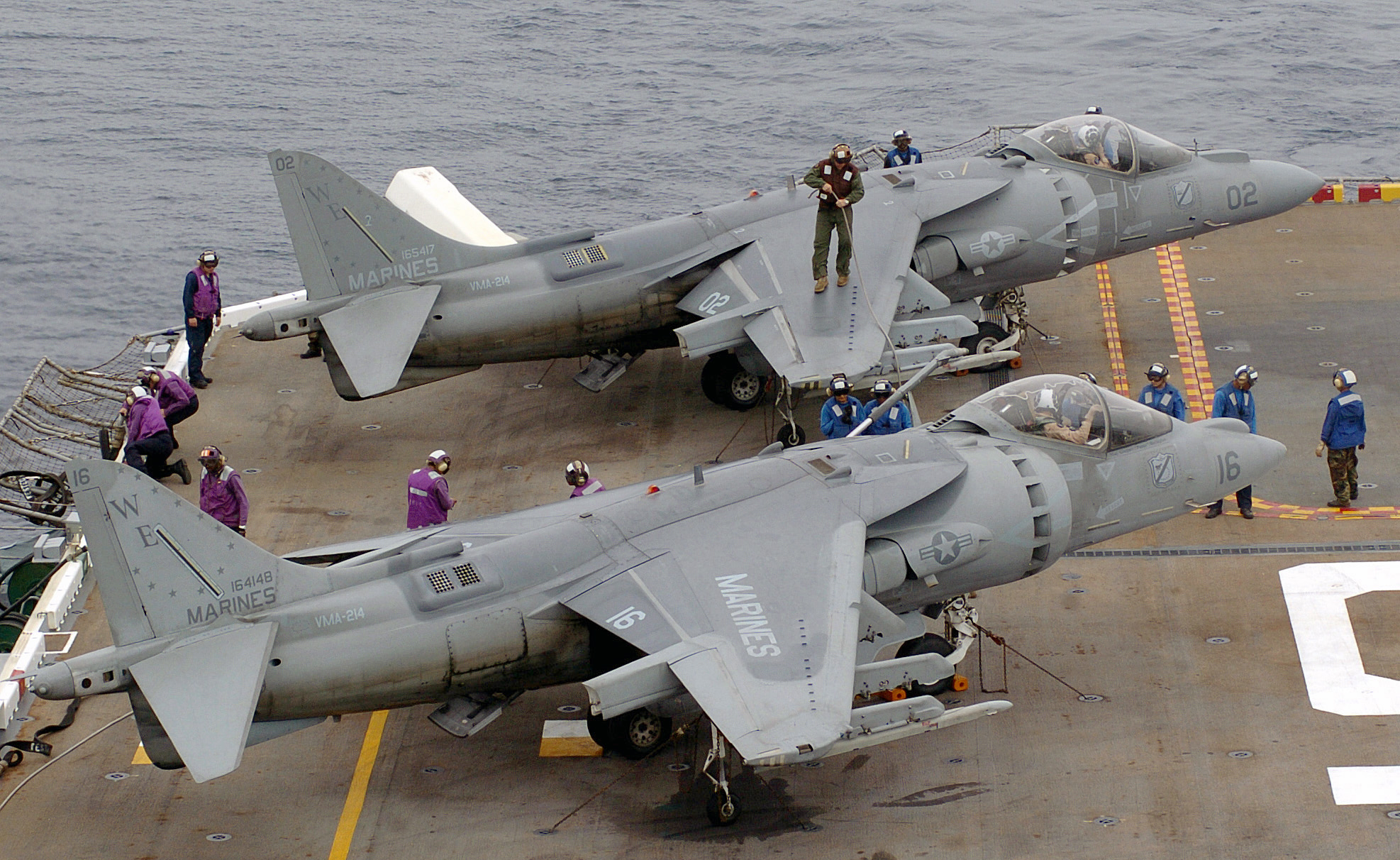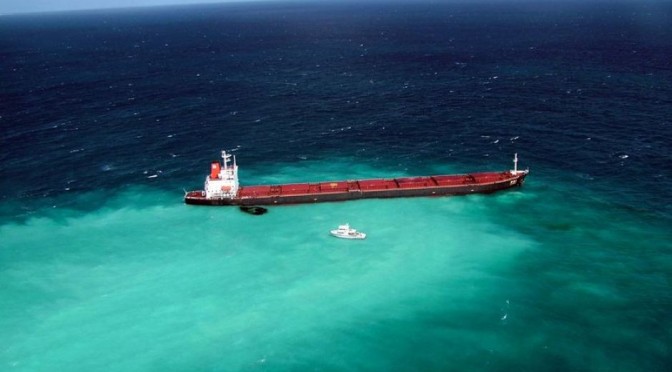The saying goes that mistakes are the stepping stones to success. Correcting a mistake results in learning acts as a preventative measure of sorts against similar mistakes in the future.
Sadly, some mistakes only require a single occurrence to cause irreparable damage. This post covers two mistakes that have seriously affected the Great Barrier Reef and the creatures that reside on it.

The first Case Study of an accident on the Great Barrier Reef is the case of the Shen Neng 1, a Chinese-registered bulk coal carrier. The massive ship ran aground on Douglas Shoal in the Great Barrier Reef on the 3rd of April, 2010, gouging out a massive 115,000 square-metre section of the reef (and doing moderate damage to other parts of the reef) before spewing its load of coal into the clear waters (Great Barrier Reef Marine Park Authority, 2011). Nine days elapsed before the stricken vessel was finally refloated on 12th April, 2010. Though the salvage efforts were valiant, they could not reverse the effects of the ship’s grounding.
As compiled in the GBRMPA’s Shen Neng 1 Grounding Impact Assessment, the damage caused by this one mistake is beyond extensive. Along with the damage caused by the ship physically running aground, chemicals were also introduced into the reef in this totally avoidable accident.
An example of such harmful chemicals is antifoulant paint from the Shen Neng’s hull. Antifoulant paints are engineered specifically to be toxic to sea life so as to prevent the attachment of such animals to the ship’s hull (known was ‘fouling’, which explains the naming for this kind of paint). This paint was scraped clean off the ship as it slammed into Douglas Shoal (GBRMPA, 2011). In addition, more than three tons of fuel from the Shen Neng 1 leaked into the waters of the Reef, coupled with roughly 5,000 litres of oil dispersant (which does not reduce the toxicity of the fuel). Fuel oil is also slow to be degraded by native marine microbes, which means that the toxicity of the oil remained long after the actual incident.

Given the grievous physical damage to the Reef as well as the lingering toxicity from substances originating from the Shen Neng 1, this is one mistake that cannot be allowed to happen again.
The second Case Study involves a lesser known accident on the Great Barrier Reef. This time, it involved the US Marine Corps, two AV-8B Harrier jump-jets and and four bombs.

In the year 2013, as a lead-up to exercise Talisman Sabre, two Harriers on a training mission were faced with an unexpected problem: the presence of a civilian vessel in target area around Townshend Island for their training bomb drop. Unable to complete their drop and low on fuel, the pilots of the jets were forced to jettison two 500 pound GBU-12 munitions, along with two other inert dummy bombs, into the ocean. This was done as the bombs would seriously hamper the Harriers’ ability to land safely.
The GBU-12 bombs were, thankfully, eventually recovered following their discovery by an Australian warship (the two dummies were left where they fell, since they posed no threat to the Reef and would mean risking dangerous diving conditions to retrieve). Should the GBU-12s have exploded, each 500 pound weapon, engineered to completely annihilate tanks and other armoured targets, would have had enough strength to do considerable damage to the Reef. Fortunately, unlike the Shen Neng 1, this accident did not have a chance to leave a lasting impression.

